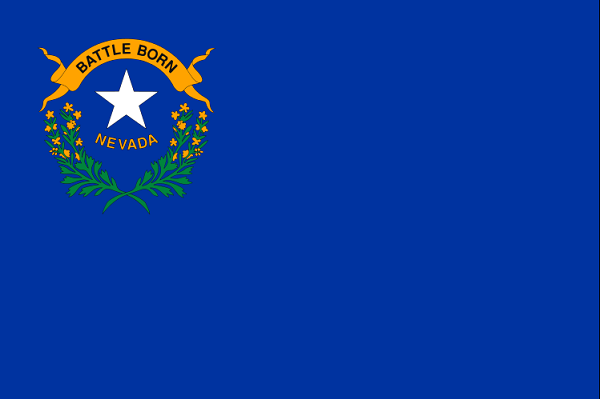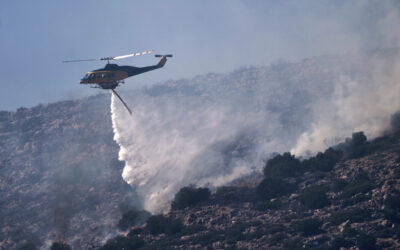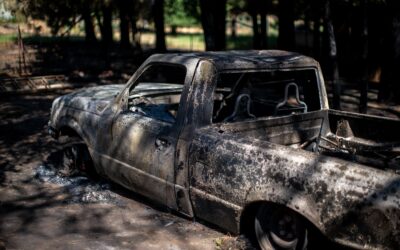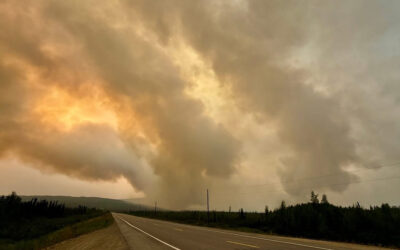“We have not seen conditions this severe in the last 20 years,”

By SCOTT SONNER Associated Press
RENO, Nev. (AP) — Nevada fire officials say the worst drought conditions the state has seen in two decades should make for an early start to the wildfire season in the coming weeks.
But they have hope that the worst threats will subside when the usual summer monsoon season that was absent from much of the Pacific Southwest the last two years is expected to materialize in July.
Gov. Steve Sisolak joined state and federal managers this week to provide wildfire outlook across Nevada, where 95% of the state is in severe, extreme or exceptional drought, according to the National Weather Service.
“While wildfires are a natural part of Nevada’s landscape, the fire season is staring earlier each year and ending later,” Sisolak told reporters Thursday.
“As the impacts of climate change continue to compound, wildfires are predicted to increase in both frequency and intensity in the coming years,” he said. “Warmer spring and summer temperatures, reduced snowpack and earlier spring snowmelt are creating longer and more intense dry seasons.”
Gina McGuire, a fire meteorologist for the Great Basin Coordination Center, said total snowpack is generally about 30% of normal and overall precipitation is well below normal statewide.
“We have not seen conditions this severe in the last 20 years,” she said. “We are currently in a state of exceptional drought — which is the worst, most severe drought classification — over southern and eastern Nevada.”
Fire experts are expecting even drier fuel conditions that will likely peak early and then be on the decline, McGuire said.
“We will see some storm systems over the next couple weeks in May that bring us occasional periods of some showers and storms and cooler temperatures. But these will be fairly short-lived. And we are expecting, especially toward June, to see those warmer temperatures really dry out our fuels and rapidly melt the rest of the snowpack,” she said.
“As we move toward July and August, there’s still big concerns over the eastern portion of the state, but also part of Sierra front is in this above normal fire potential concern,” she said.
McGuire said they’re optimistic about the return of the monsoon season that historically provides some rain to Nevada and much of the region.
“We are expecting that to develop this year, which is a big change from the last two years when we really have not had much monsoon moisture … But that remains to be seen,” she said. “Until this moisture arrives, we are still in an enhanced state of fire potential especially across the southern and eastern portion of the state.”
Sisolak said he’s hopeful a new Nevada Wildfire Awareness campaign will help combat a recent spike in human-caused fires. May traditionally has been targeted as Nevada Wildfire Awareness Month but he recently signed a proclamation extending the effort through October.
“There’s not a lot we can do about lightning strikes and those sort of things, but we need to do more to prevent fires, to take precautions,” he said. “Whether it’s shooting or campfires, if we could eliminate or greatly reduce the number of fires that are caused as a result of human behavior, that will go a long way.”
Of the 801 fires that burned a total of 434 square miles (1,124 square kilometers) in Nevada last year, 68% (542) were human-caused. That’s an all-time high in Nevada, where that figure is typically closer to 40%, said Gwen Sanchez, fire manager for the Humboldt-Toiyabe National Forest.
She said the interagency team involved with the awareness campaign is currently touring the state to meet with local communities and educate the public about ways to “be fire safe” and “generally fire conscious” when recreating outdoors.
“I can’t say enough how important prevention will be going into this fire season,” she said.
All contents © copyright 2021 The Associated Press. All rights reserved.




